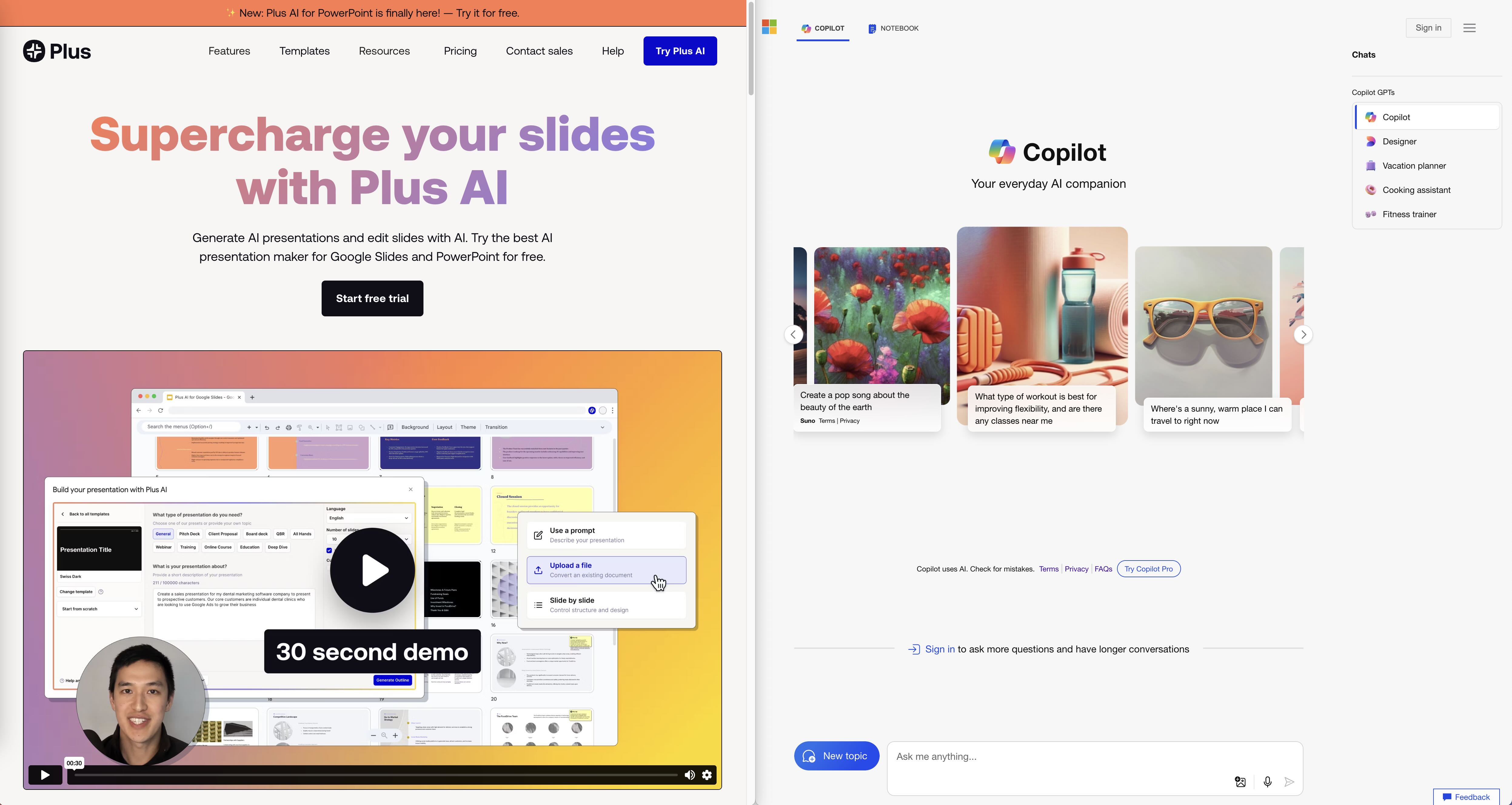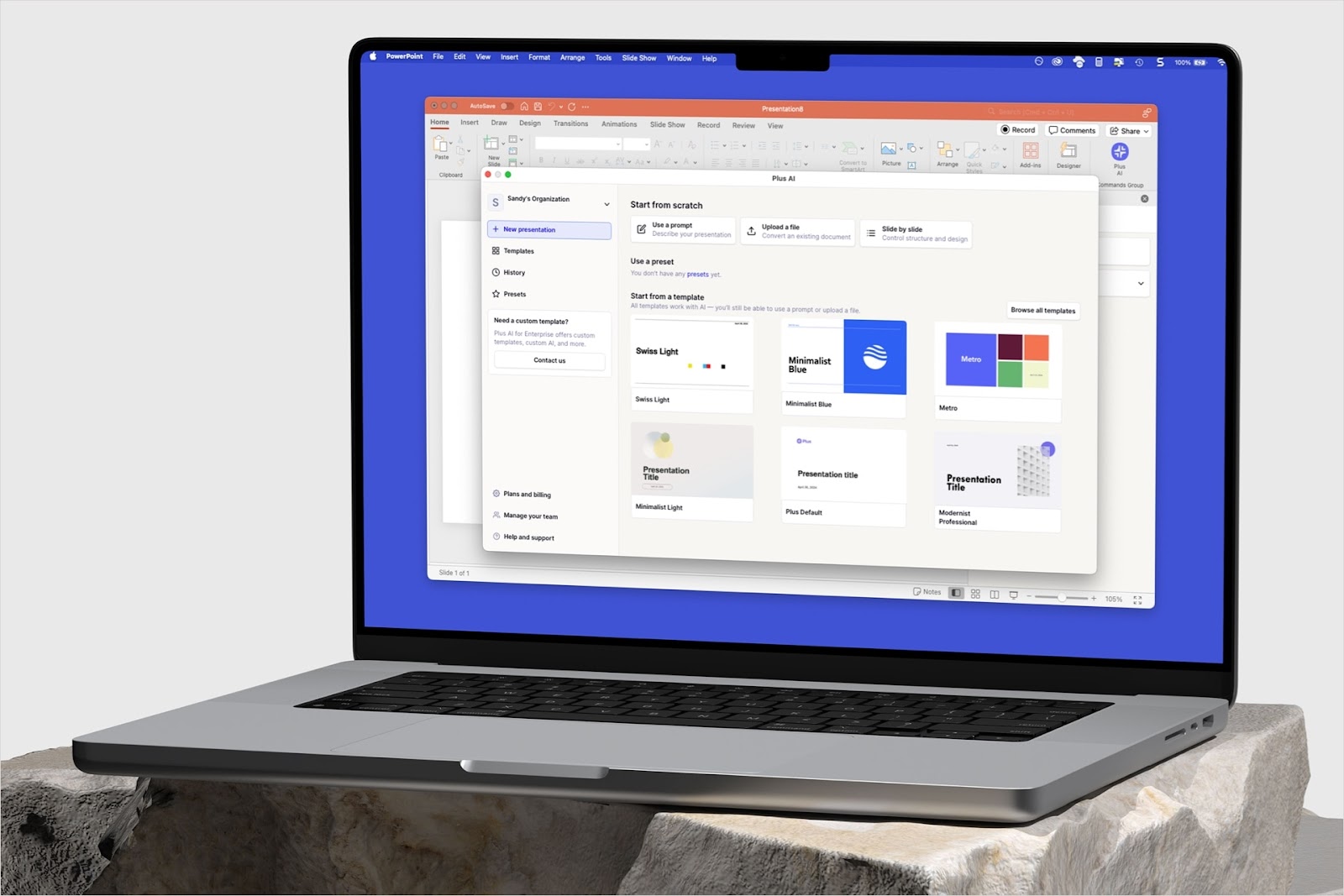As of March 2024, there are about 10 different ways you can use “Gemini” from Google.
You could buy the “Google One AI Premium” subscription, which includes a Gemini Advanced with Gemini Ultra 1.0 subscription and a Gemini Business tier Gemini for Google Workspace subscription.
Or you could try Gemini for free using the Gemini chatbot or through Duet AI for Developers. Or you could pay $360 for an annual Gemini Enterprise license.
Why are Google’s AI products so complicated?

I asked ChatGPT to help me understand why this chart is so complicated, and it gave me a set of very reasonable explanations as to why Google’s AI projects are so complex:
- Diverse Applications: Google has a variety of tools and services that cater to different markets and needs, from individual consumers to developers and enterprises.
- Evolution over Time: Technology evolves rapidly, and what starts as a single product may grow into a family of products as new use cases and technologies emerge.
- Brand Strategy: Google may create sub-brands for its AI products to target specific audiences or to distinguish between different levels of service (e.g., free vs. premium).
- Integration with Other Services: Google has a large ecosystem of products, and AI features may be integrated differently across these platforms.
- Research and Development: Some products may start as research projects (like LaMDA) and then become integrated into consumer or enterprise products.
- Competitive Market: Companies often expand their product lines to fill niches or compete on features, which can add to the complexity.
Then, I tried again and asked it to be snarkier, and it was much more entertaining:
Google, in its infinite wisdom, seems to have embraced the "spaghetti against the wall" approach to product development: throw everything out there and see what sticks.
The flowchart looks less like a genealogy and more like a treasure map, where X marks the spot of... confusion. There’s Google Assistant, Bard, Gemini, and a host of spin-offs. Need an AI chatbot? That’ll be Gemini. Wait, no, it’s Gemini Advanced... unless you want it for Workspace, then it's Gemini for Google Workspace. But only on Tuesdays.
And don’t get me started on the subscription models. They have more layers than an onion, and just as likely to make you cry when you’re trying to figure out which one you need.
Let's not forget the AI tools for developers, which sound like they were named by pulling adjectives out of a hat. Duet AI for Workspace Enterprise, because clearly, "Duet" implies teamwork, and "Workspace Enterprise" clearly doesn't scream "redundant" at all.
It’s as if Google decided that instead of making a Swiss Army knife—a single, versatile tool—everyone really needed a full-blown Swiss Army tank, with features you didn’t know you needed and can’t figure out how to use.
So here’s to Google: the tech giant that never met an AI product it didn’t like, or a naming convention it couldn't complicate. Cheers!
I’ll let you judge which answer is closer to the truth!
Google’s current AI product lineup
Here’s my attempt at simplifying the current Google AI landscape with short descriptions of each product, as well as a “genealogy” of where each product came from.
Google’s consumer-oriented AI products
- Google One AI Premium - Google One is a subscription to various Google services, but primarily storage and photo tools. Now there is a special “AI” version of the subscription which includes access to the Gemini chatbot and Gemini inside of Google Docs, Sheets, and Slides. This is only available to personal Google accounts
- Gemini - This is the most confusing name out of every product on this list because Gemini is the name of Google’s chatbot service, and it’s the name of the Google Workspace integration, and it’s the name of the underlying AI models. Gemini typically refers to the free version of the Google chatbot that does not use the largest, most expensive AI model
- Gemini Advanced - This is the premium version of Google’s AI chatbot, and it comes with a subscription to use Gemini in Gmail, Docs, and the rest of the Google productivity suite. If you are looking to use AI with Google, it seems like this is the best subscription right now since it gives you the AI chat capabilities and the Workspace AI features.
Google’s business-oriented AI products
- Gemini for Google Workspace - The umbrella term for Google’s AI features in Google Workspace (Gmail, Meet, Docs, Sheets, Slides)
- Gemini Business - The cheaper $20/month (with annual commitment) subscription for using Google’s AI features in all of the productivity apps
- Gemini Enterprise - The more expensive $30/month (with annual commitment) subscription for using Google AI features in Workspace. The main “feature” difference between Gemini Business and Gemini Enterprise right now appears to be Gemini Enterprise allows you to do live closed captions on Google Meet calls.
- Duet AI for Developers - This seems to be a somewhat abandoned project to allow developers to use Duet AI to help with writing code. It’s free to try out for one person in an organization via the Google Cloud console.
Google’s products for AI developers
- Gemini Nano, Pro, and Ultra - These are the latest AI models powering the various Google AI services. Originally, Bard used LaMDA, and Duet AI used PaLM and PaLM 2. But now all of the services use Gemini models.
- Google AI Studio - Formerly known as MakerSuite, this provides an easy-to-use environment to test out different AI models.
- Vertex AI - This is the part of the Google Cloud console where you can manage your machine learning and AI services. It also has a playground-like environment, but the Google AI studio app is easier to use.
Conclusion
While there are a lot of different Google AI products today, this push towards standardizing on Gemini should make it easier for consumers to understand what Google is actually offering.
It seems like the feature sets for the different AI products are converging towards chatbot a plus AI in the various productivity tools. We'll see how well Google competes with products like Copilot and whether they can challenge existing products in categories like being the best AI presentation maker.
We'll watch how this market evolves and update this article as things change.

.webp)






